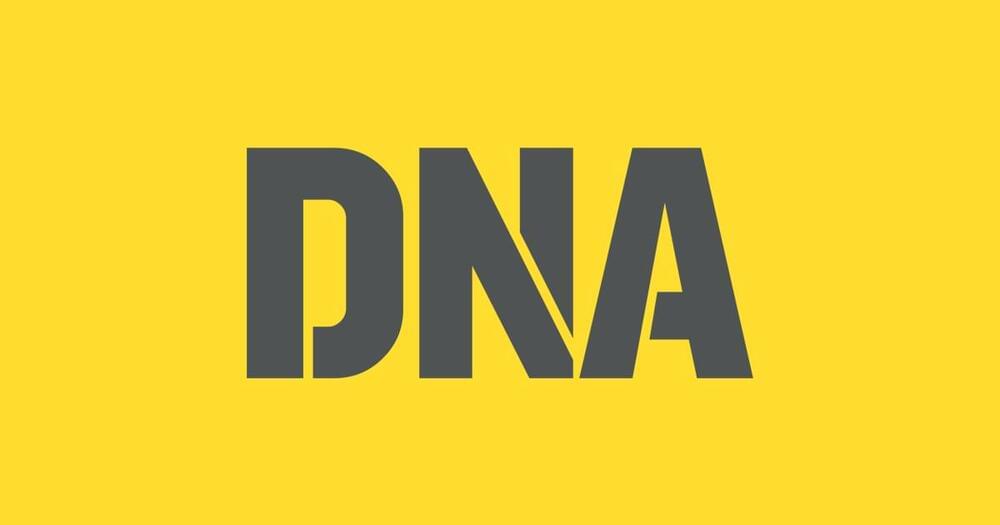Armed with up to $39 million in federal funding, a dream team of researchers from three Colorado campuses aims to end osteoarthritis.
Get the latest international news and world events from around the world.
The Illusion of the Cartesian Theater (Daniel Dennett)
A clip of Daniel Dennett discussing consciousness and what he famously calls the Cartesian Theater. This comes from a 2015 documentary on Dennett.
#Philosophy #Dennett #Consciousness
Lesson: Dennett — Explaining the ‘Magic’ of Consciousness
“For the Love of Sophia!” philosophy podcast available on Spotify, Apple Podcasts, and Soundcloud. Today, we’ll be discussing Daniel Dennett’s “Explaining the…


Time may be an illusion created by quantum entanglement
The true nature of time has eluded physicists for centuries, but a new theoretical model suggests it may only exist due to entanglement between quantum objects.
Dr Paul Friedrichs MD — Director, Office Of Pandemic Preparedness & Response Policy, The White House
Maj. Gen. Dr. Paul Friedrichs, MD is the Inaugural Director of the Office of Pandemic Preparedness and Response Policy, at the White House (OPPR — https://www.whitehouse.gov/oppr/), a permanent executive office aimed at leading, coordinating, and implementing actions to prepare for and respond to pathogens that could lead to a pandemic or significant public health-related disruptions in the U.S., and principal advisor on pandemic preparedness and response, appointed by President Biden.
Dr. Friedrichs was previously the Joint Staff Surgeon at the Pentagon where he provided medical advice to the Chairman of the Joint Chiefs of Staff, the Joint Staff and the Combatant Commanders, coordinating all issues related to health services, including operational medicine, force health protection and readiness among the combatant commands, the Office of the Secretary of Defense and the services. He also led the development and publication of the initial Joint Medical Estimate and served as medical advisor to the Department of Defense COVID-19 Task Force.
Dr. Friedrichs received his commission through the Reserve Officer Training Corps and his Doctor of Medicine (M.D.) from the Uniformed Services University. He has commanded at the squadron and group level, served as an Assistant Professor of Surgery and led joint and interagency teams which earned numerous awards, including “Best Air Force Hospital.” As Chair of the Military Health System’s Joint Task Force on High Reliability Organizations, he oversaw developing a roadmap to continuously improve military health care. As the Command Surgeon for Pacific Air Forces, U.S. Transportation Command and Air Combat Command, the general and his teams identified gaps, developed mitigation plans and enhanced readiness for future conflicts and contingencies.


Research brings together humans, robots and generative AI to create art
Researchers at Carnegie Mellon University’s Robotics Institute (RI) have developed a robotic system that interactively co-paints with people. Collaborative FRIDA (CoFRIDA) can work with users of any artistic ability, inviting collaboration to create art in the real world.
